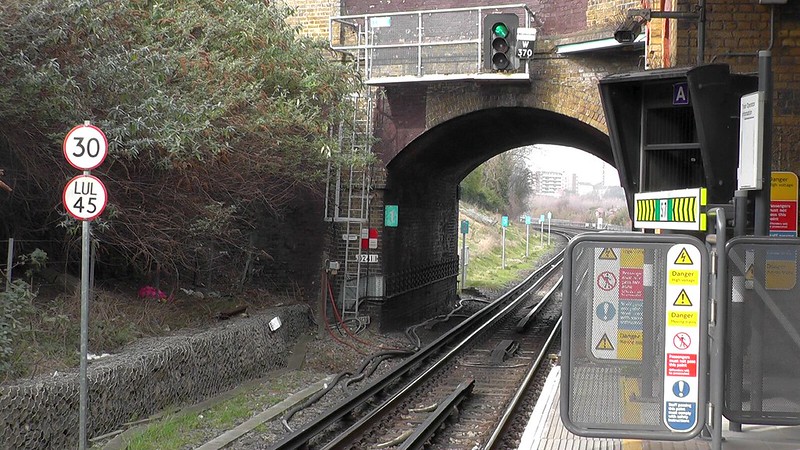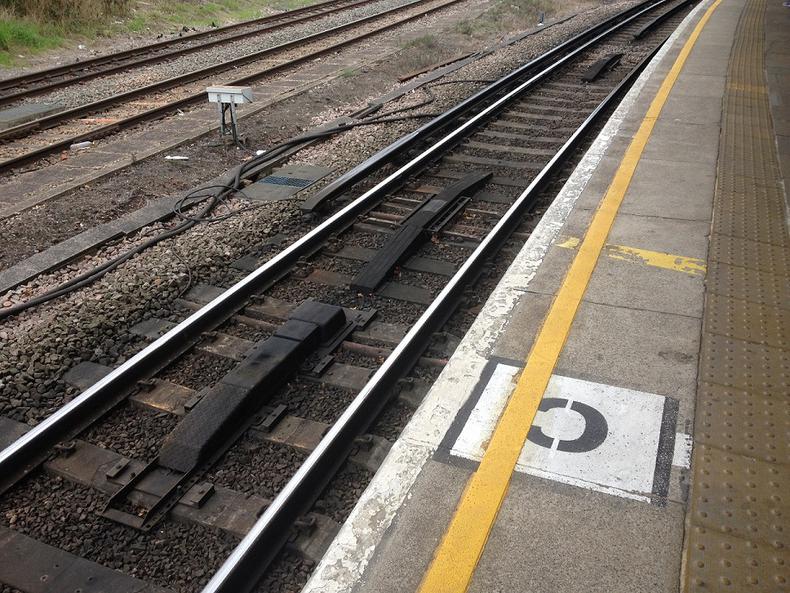|
|
Post by phil on Nov 8, 2015 19:46:32 GMT
Indeed - but you need to be aware that unless a 'Network Change' procedure* has been gone through, ALL bits of the railway (regardless of whether they have not been used for decades, or have trees growing through them) have to be regarded as operational. As such when it came to TPWS fitment, people looked at the signalling plan , signalling control tables, etc and THAT was what fitment was based on, not usage. As such it is entirely possible for a signal giving exit from a bunch of disused sidings having a high theoretical risk of a SPAD causing a significant incident and the signal be fitted with it accordingly. * This is a rather expensive and drawn out process involving lots of consultation with all TOCs & FOCs who have the power to prevent changes going ahead. The world we live in, eh? Sod, I sound like a grumpy old man Actually the 'Network Change' procedure is there for a good reason - it prevents NR ripping out stuff which the TOCs want to use a few years later. Principally this was to try and prevent the BR practice of ripping stuff out and selling off land which then compromised the viability of new or re-introduced services. Reinstating stuff from scratch is far more expensive than refurbishing what is already there and doing so avoids any issues where the old installation does not meet the design standards for new work. |
|
PGtrips
Ahh... don't you just love PG?
Posts: 113
|
Post by PGtrips on Nov 9, 2015 13:51:03 GMT
On the Wimbledon and Richmond branches AWS ramps are fitted in the rear of signals (usually beyond the platforms at stations) and TPWS loops at the signal itself. Presumably, that requires a gap in the negative conductor rail, given that this kit is mounted on the centre line of the track? |
|
|
|
Post by Dstock7080 on Nov 9, 2015 15:16:27 GMT
Presumably, that requires a gap in the negative conductor rail, given that this kit is mounted on the centre line of the track? Yes, exactly. |
|
PGtrips
Ahh... don't you just love PG?
Posts: 113
|
Post by PGtrips on Nov 9, 2015 18:30:24 GMT
Were there any instances of GWR/WR ATC installations with LU electrified track? I wondered about possibly Paddington suburban before the H&C was fully segregated in 1967-8? This would be quite challenging as the ATC ramps were 10-12 ft long and the shoe on the train made physical contact with the ramp. Certainly ATC fitted GW locos went to Smithfield and Hammersmith so how did that work?
|
|
|
|
Post by norbitonflyer on Nov 9, 2015 19:30:35 GMT
As found here www.railsigns.uk/sect12page1/sect12page1.html"Before a locomotive equipped with WR AWS apparatus could run over a fourth rail electrified line, its AWS shoe had to be clipped up to avoid the risk of it coming into contact with a live rail. A special high ramp placed in the 'four-foot' allowed the clipping-up of the shoe to be performed automatically. In the 1960s, Western Region diesel multiple units began running into Paddington Suburban station via the electrified lines of the London Underground. Since these units had more than one AWS shoe, it was necessary to ensure that they were all properly clipped up. After a trainborne shoe-checking system proved unsatisfactory, a track-based system was installed, which included a blue light fitted to the signal post at the end of the clipping-up zone [12.3]. The driver was required to see that this light remained lit as the train approached. If the light went out, it meant that one of the shoes was not properly clipped up. " |
|
|
|
Post by spsmiler on Nov 9, 2015 23:54:27 GMT
Earlier in this thread I mentioned Wimbledon Park station. Now I am able to share a photo taken there (actually a still image from video)  But, I do recommend a site visit, including crossing the road bridge outside the station and looking along the tracks to the north, as it is possible to see more AWS ramps, including some which the train reaches a short distance before it reaches the signals. Simon |
|
rincew1nd
Administrator
Junior Under-wizzard of quiz
Posts: 10,286 
|
Post by rincew1nd on Nov 10, 2015 8:10:30 GMT
Whilst that on first glance looks like an AWS "ramp" I think it's actually a TPWS grid with an obstacle deflector to prevent the negative shoe being ripped off. It's location under the signal would suggest the same. AWS magnets are usually 200yards before the signal.
|
|
|
|
Post by roboverground on Nov 14, 2015 13:26:54 GMT
|
|
rincew1nd
Administrator
Junior Under-wizzard of quiz
Posts: 10,286 
|
Post by rincew1nd on Nov 15, 2015 16:43:09 GMT
AWS ramp and TPWS arming/trigger loops at Willesden Junction Low Level on the 'up' DC Line, tpws grills fitted with wooden protectors  Why would the AWS magnet only have an obstacle deflector in one direction but the TPWS loop have both? |
|
|
|
Post by roboverground on Nov 28, 2015 13:24:43 GMT
interesting point, my understanding that aws ramps used to stop locomotive and stock screw couplings not secured properly (by being hung over drawhook or secured on securing catch) from swinging down and causing damage, in the normal signalled direction of travel, tpws more fragile and more of a 'no step' type issue.
|
|



